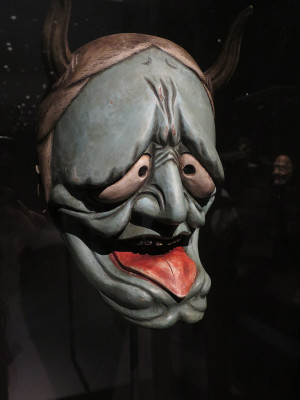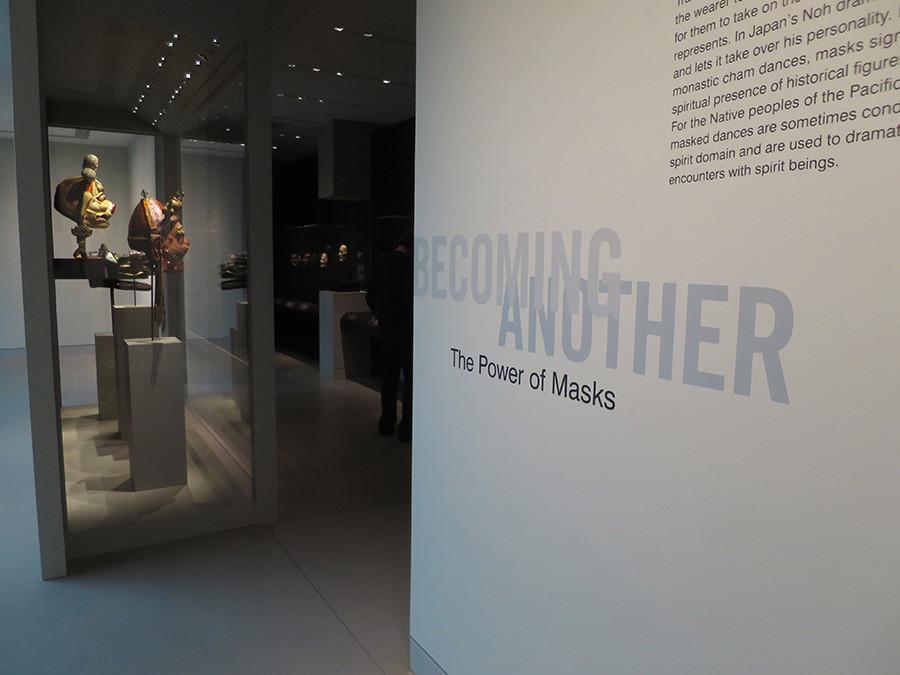Exhibit unmasks different cultures
The Becoming Another exhibit explores the use of masks in diverse Northern Hemisphere cultures, from Tibetan and Japanese to Native American.
March 26, 2015
“Becoming Another: The Power of Masks” is a new exhibition at the Rubin Museum in Chelsea that features close to 100 masks from the 15th to 20th centuries. The exhibit is organized based on the cultural purposes of the masks, as they are split into the categories of shamanistic, communal and theatrical practices. This exhibit, which is free for NYU students, shows masks from Northern India, Nepal, Japan and North America. Today, in U.S. pop culture masks typically evoke images of masquerade balls or Broadway plays. However, the masks can serve a greater purpose. While in both cases masks can fulfill the timeless human desire to transform, most masks at the Rubin also have spiritual significance.
Around the world, important life events are often celebrated through performance. These performances are elevated with masks, allowing participants to change identities and become symbolic characters. The “Transformation Mask” in the exhibit represents the purpose of these masks, as it was used in performances to signify the internal change of a character or to reveal another being. The “Transformation Mask” is mechanical, with opening and closing parts, is left open to show its internal and external character. The inside mask depicts a young person with wide eyes, thick eyebrows and a surprised expression. The external mask has two halves, the first with wrinkles and the other with flowing light hair. Depending on the context of the given performance, these dual characters could represent an ancestral relationship. This performance would serve the purpose of keeping the lineage histories alive.

This Japanese mask was probably used in a local ceremony.
While some of the masks look incredibly realistic, others look more playful. For instance, the light green horned mask for village ceremonies features a cross-eyed devil with horns and pointed red tongue. This folkloric mask sharply contrasts with Ko-omote masks, which represent young women in a more realistic manner. There are striking differences in the physical appearance of these masks, but both masks are used for transformation in performance.
There is an entire section dedicated to masks representing flying creatures, which are common symbols, as multiple cultures ascribed powers to birds and other flying animals. This section also shows masks from around the world, from Japan to the Pacific Northwest coast. On display in this exhibit is a giant bird head mask accompanied with wings, representing a shaman, who is someone that is able to visit a spiritual world. This mask, in particular, would be used in a performance that would include dancing and drums.
There are similarities in the masks across cultures, predominantly throughout North Asian and North American belief systems, but there are also stylistic and contextual differences.
“Becoming Another” is on display at the Rubin Museum until 2016.
A version of this article appeared in the Thursday, March 26 print edition. Email Talia Milavetz at [email protected]
























































































































































